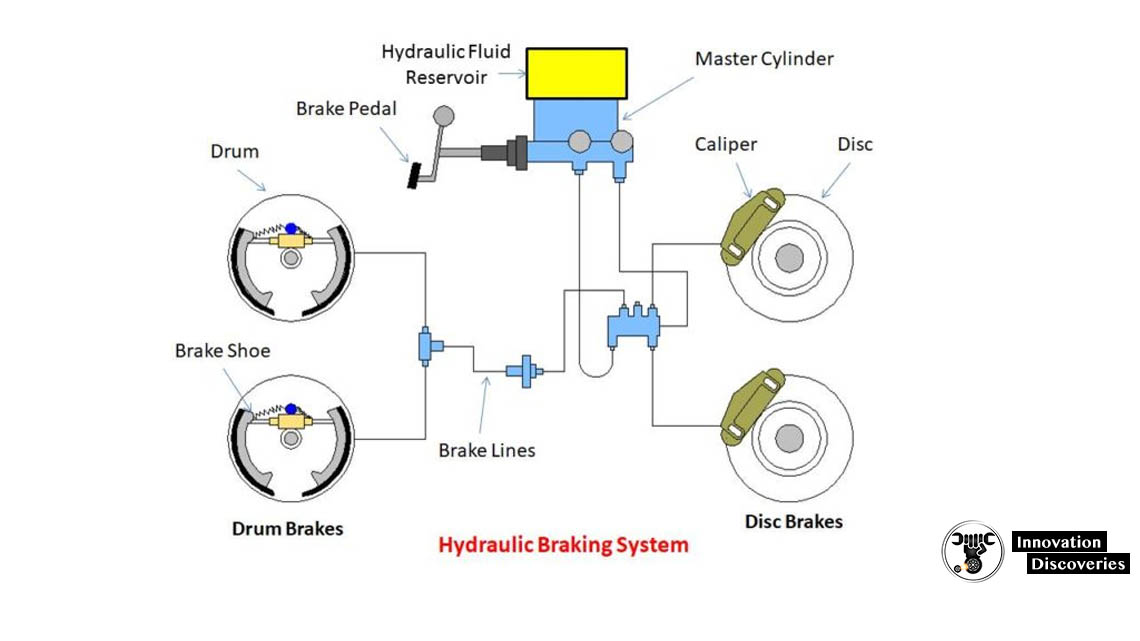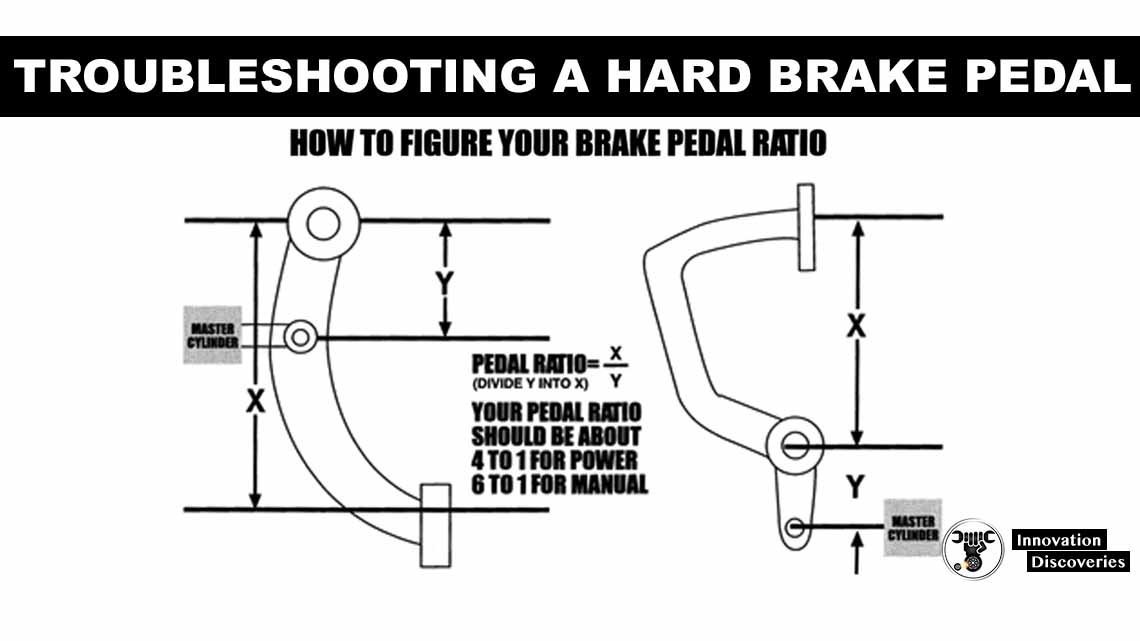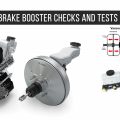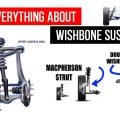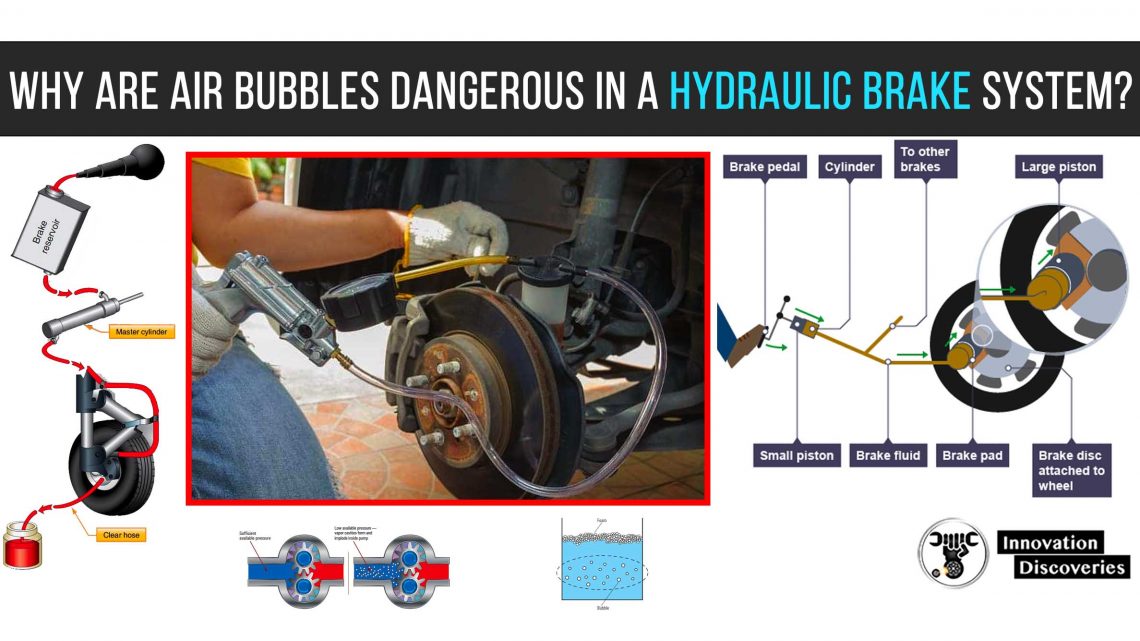
One of the most necessary conditions for a hydraulic system to function properly is that the hydraulic fluid must be incompressible.
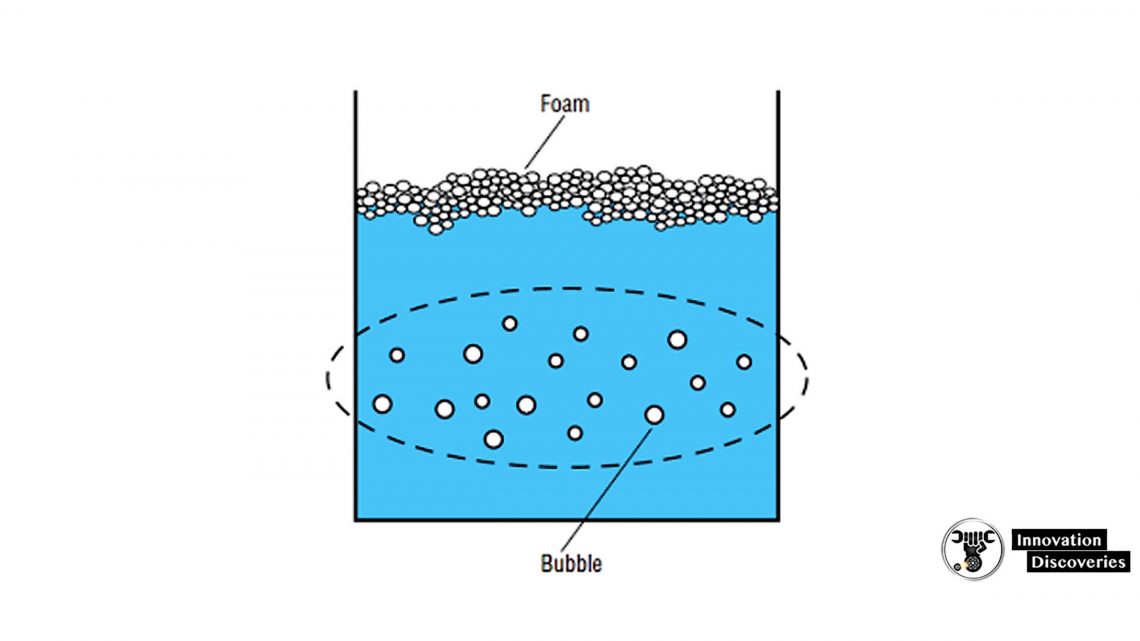
Effect of air bubbles on a hydraulic system
Download: BRAKES, BRAKE CONTROL AND DRIVER ASSISTANCE SYSTEMS: FUNCTION, REGULATION AND COMPONENTS
Loss of bulk modulus
Air is a compressible fluid. When air bubbles get into a hydraulic system, the force does not get transmitted properly.
Also, free or entrained air in the hydraulic system reduces substantially the effective bulk modulus of the system.
That is, an air-oil mixture appears to increase the compressibility of the fluid, making the system spongy.

Loss of horsepower
When an air pocket is present in an actuator, it is alternately compressed and relaxed as the actuator is cycled.
Since the air pocket must first be compressed before the fluid can cause the actuator to move, power is consumed.
Upon relaxation, the air pocket expands and rives fluid out.
The stored power, therefore, is expended in driving fluid back into the reservoir and not in moving the actuator.
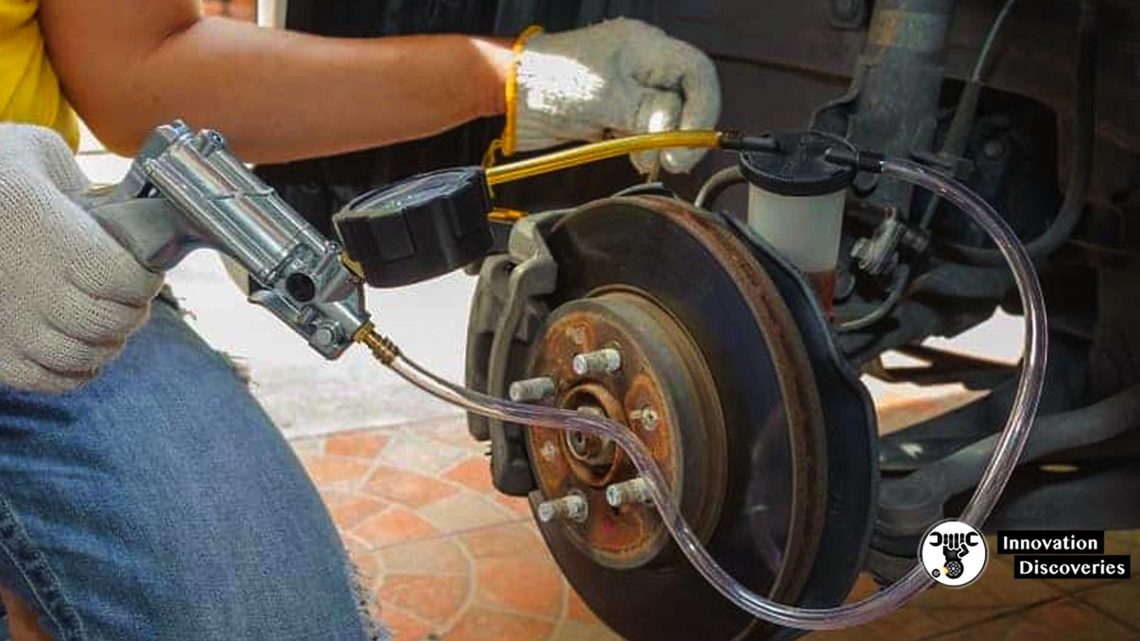
Spongy control
Because fluids are considered to be basically incompressible, we expect great stiffness in a hydraulic system.
That is, the positioning of an actuator should be immediate (rapid response) and precise.
The larger the amount of free or entrained air, the spongier (softer, less stiff) the system.
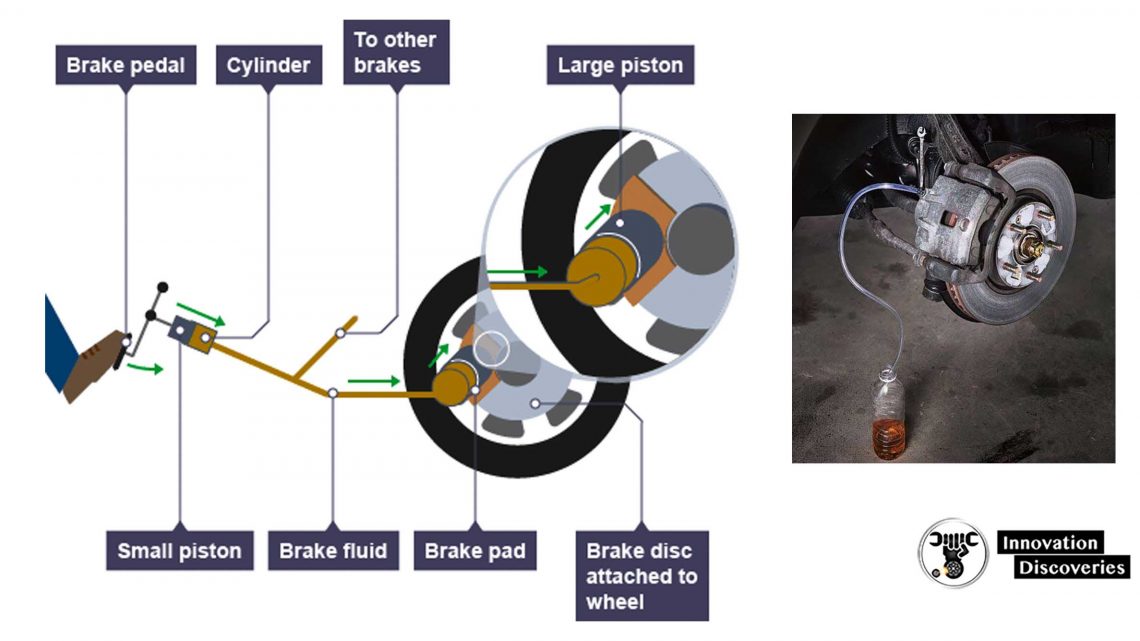
Loss of system fluid
One of the most serious conditions that can occur in a hydraulic system is the loss of reservoir fluid.
The fluid level must be kept high enough to ensure enough fluid for the pump intake, otherwise, cavitation begins.
In that case, on pressing the brake pedal, one would feel the pedal like jello.
It would be as if you are pressing a sponge.
The wheels would not lock instantly and the car would travel considerably long distances before the required braking effect is obtained.
READ: HOW HYDRAULIC BRAKE WORKS?

DON’T MISS | DISC BRAKE CALIPER ASSEMBLY
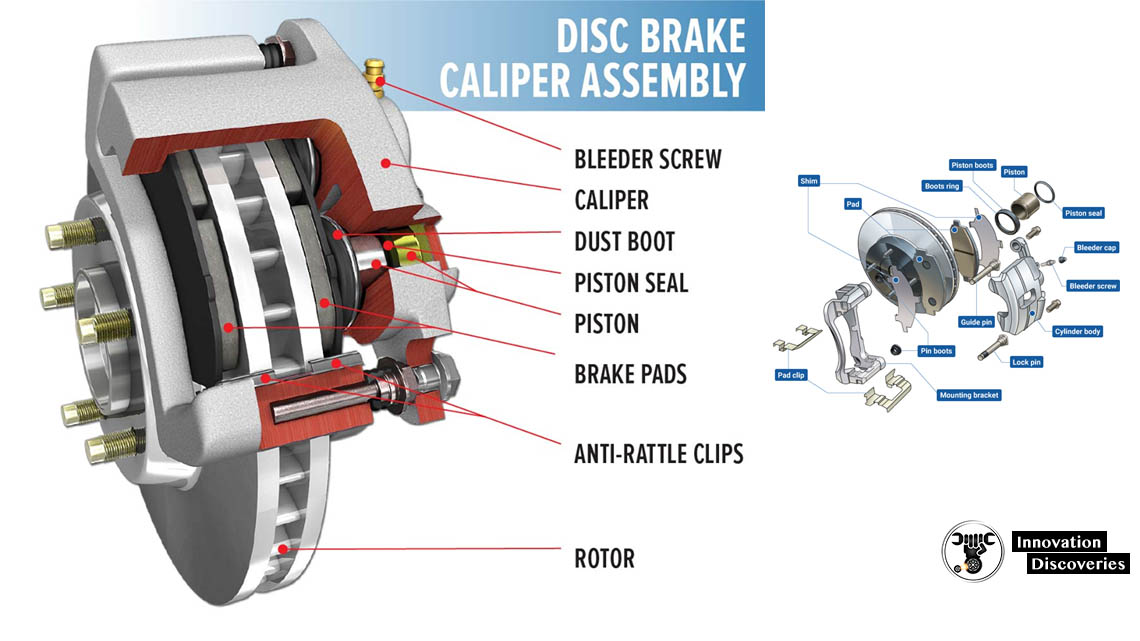
Read More:
Also, read: DIFFERENCE BETWEEN DRUM BRAKE AND DISC BRAKE
Also, read: The Importance of Measuring Brake Pad Thickness
More About Braking Systems
- Top 5 Causes of Steering Wheel Shakes at Low and High Speeds
- HOW HYDRAULIC BRAKE WORKS?
- AIR BRAKE SYSTEM: COMPONENTS, WORKING PRINCIPLE, AND APPLICATIONS
- HOW DOES REGENERATIVE BRAKING WORK?
- 8 REASONS YOUR CAR IS MAKING GRINDING NOISE WHEN BRAKING
- Regenerative Braking System
- JAKE BRAKE VS. EXHAUST BRAKE: WHICH IS BETTER?
- SQUEALING BRAKES AT LOW SPEED: CAUSES AND SOLUTIONS
- TROUBLESHOOTING A HARD BRAKE PEDAL
- CONVERT DRUM BRAKES TO DISC BRAKES IN 3 STEPS!
- CAUSES OF THE BRAKE WARNING LIGHT COMING ON
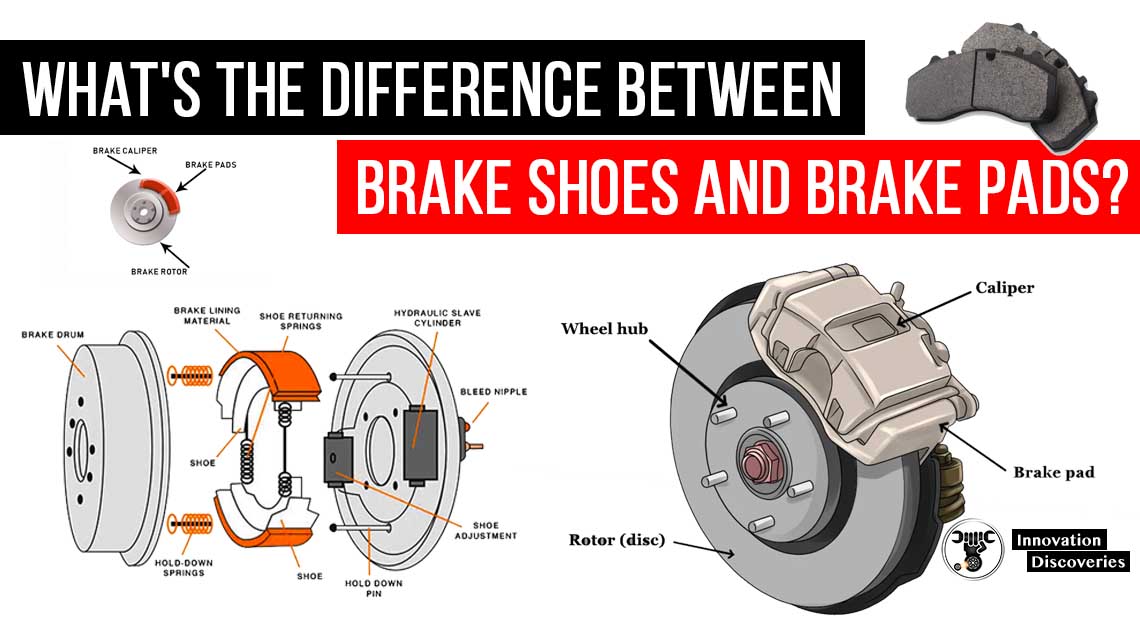
Visit Forum
Visit Our Friendly Website


